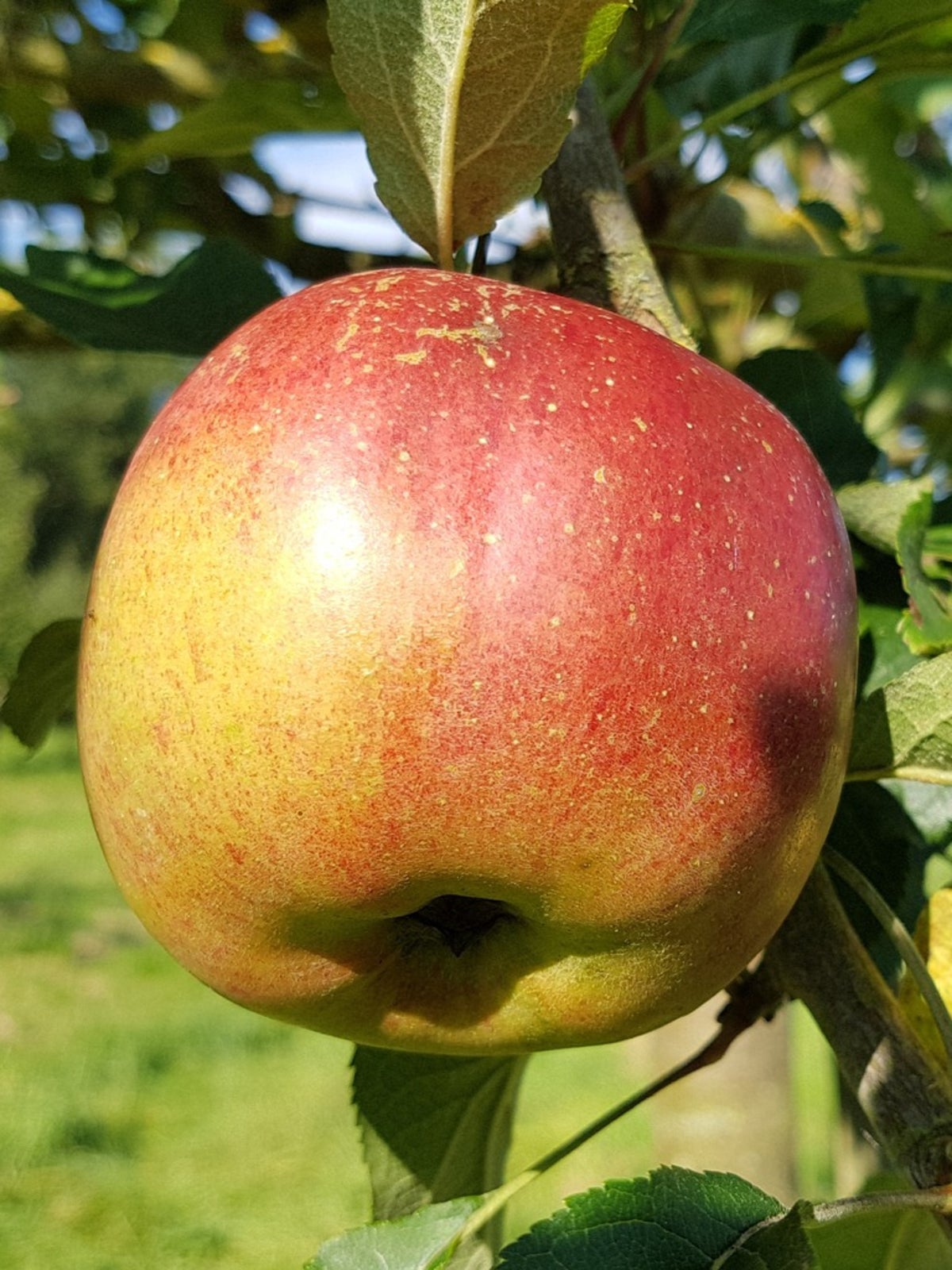Melrose Apple Tree Care – Learn How To Grow Melrose Apple Trees


You can’t ask much more of an apple than to look good, taste great, and get even better in storage. That’s the Melrose apple tree for you in a nutshell. Melrose is Ohio’s official state apple, and it’s definitely won a lot of fans across the country. If you are considering growing Melrose apples, or just want more Melrose apple information, read on. We’ll also give you tips on Melrose apple tree care.
Melrose Apple Information
According to Melrose apple information, Melrose apples were developed as part of Ohio’s apple breeding program. They are a delicious cross between Jonathan and Red Delicious. If you want to start growing Melrose apples, don’t hesitate. Sweet and sugary in taste, these apples are also visually attractive, medium-sized, round, and robust in appearance. The base skin color is red, but it is over-blushed with ruby red. Best of all is the rich taste of the juicy flesh. It’s wonderful eaten right off the tree, but even better after a time in storage, since it keeps on ripening. In fact, one of the joys of growing Melrose apples is that the taste holds for up to four months in refrigerated storage. Plus, you’ll get a lot of bang for your buck, as one tree can yield up to 50 pounds (23 kg.) of fruit.
How to Grow Melrose Apples
If you have decided to start growing Melrose apples, you’ll have the easiest time in USDA plant hardiness zones 5 through 9. That’s where Melrose apple tree care will be a snap. The trees are hardy to minus 30 degrees Fahrenheit (-34 C.). Find a site that gets at least a half day of direct sun. Like most fruit trees, Melrose apple trees require well-drained soil to thrive. Regular irrigation after transplant is an important part of Melrose apple tree care. You can mulch around the tree to keep the moisture in the soil, but don’t bring the mulch up so close that it touches the trunk. Melrose apple trees grow to 16 feet (5 m.) tall, so be sure there’s enough room where you want to plant. Most apple trees require an apple neighbor of another variety for pollination, and Melrose is no exception. Lots of varieties will work with Melrose.
Sign up for the Gardening Know How newsletter today and receive a free copy of our e-book "How to Grow Delicious Tomatoes".

Teo Spengler is a master gardener and a docent at the San Francisco Botanical Garden, where she hosts public tours. She has studied horticulture and written about nature, trees, plants, and gardening for more than two decades, following a career as an attorney and legal writer. Her extended family includes some 30 houseplants and hundreds of outdoor plants, including 250 trees, which are her main passion. Spengler currently splits her life between San Francisco and the French Basque Country, though she was raised in Alaska, giving her experience of gardening in a range of climates.